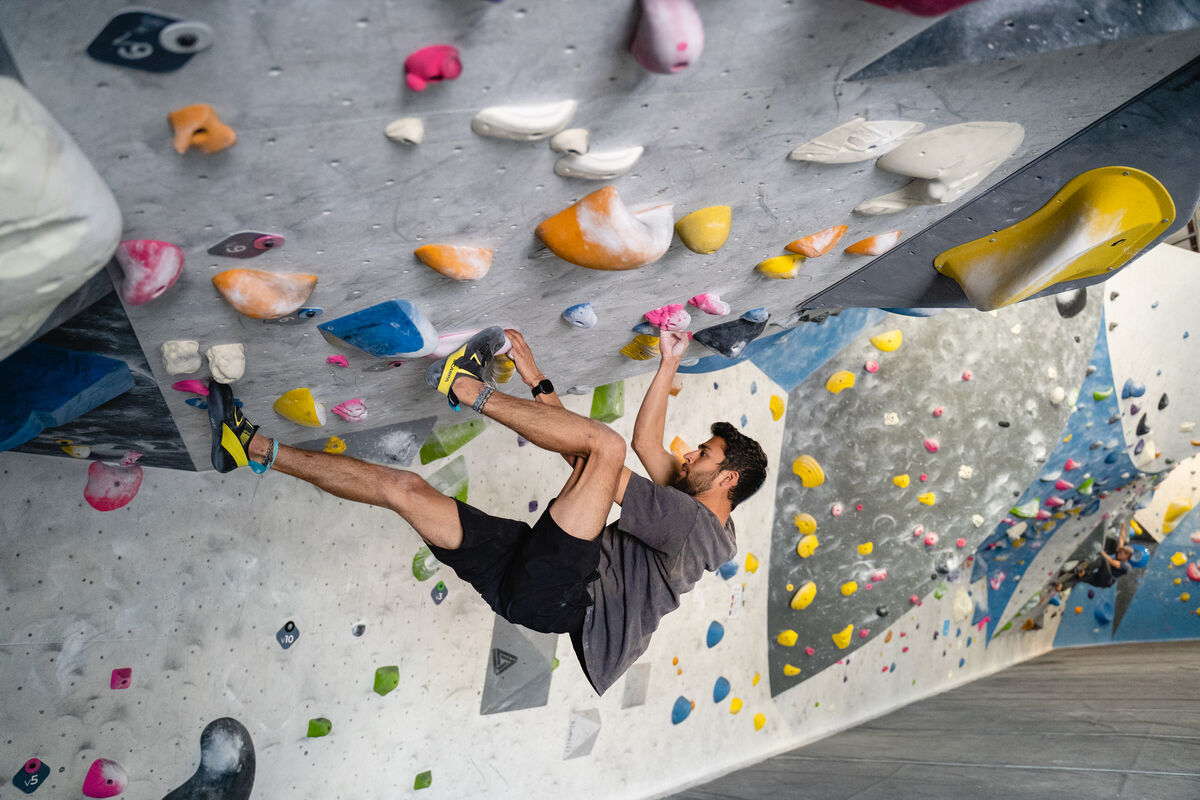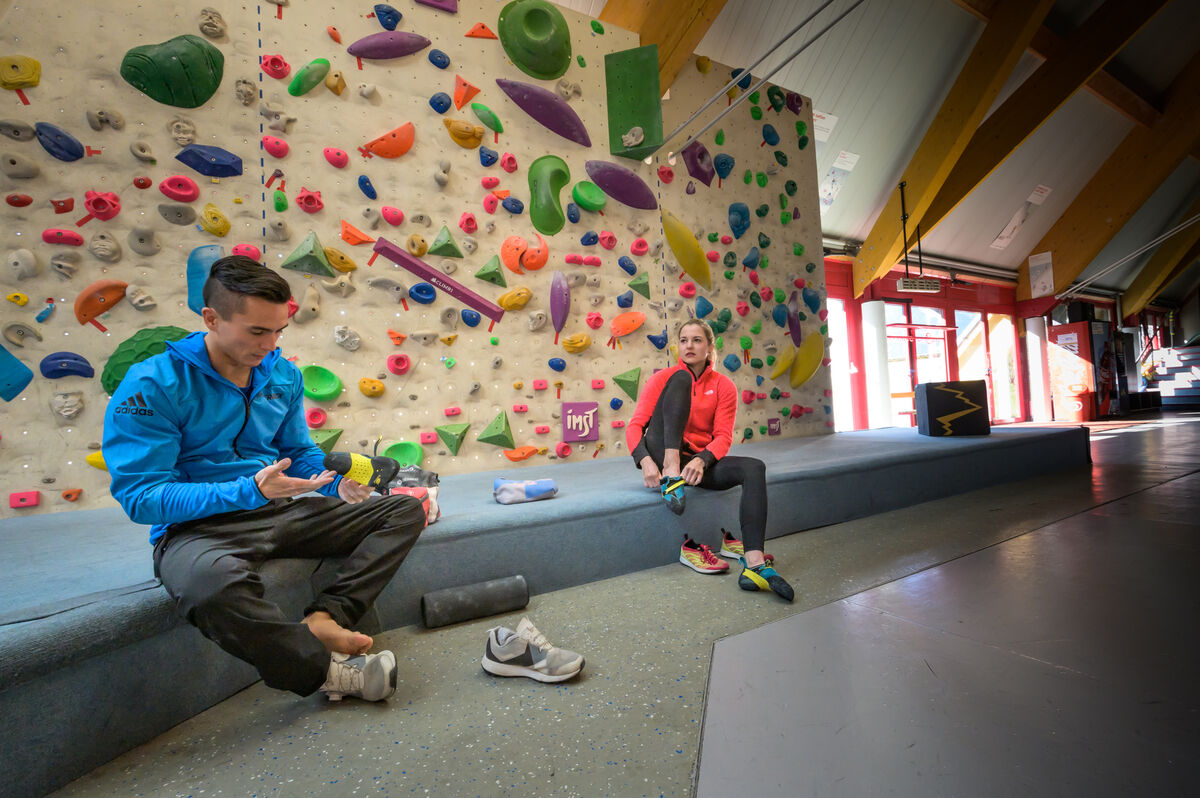If climbing in gyms with rope does not generate doubts about the difficulties, generally expressed with the same degrees that we find at the crag, as for bouldering and circuits the classification is different. Often the circuits represent a "middle way", in the sense that they are marked both with the color related to the difficulty, and with the degree with which you could compare them to a route on the cliff. This is different for the blocks on the wall, which live on a classification of their own, sometimes generating a bit of confusion especially among those who go to different gyms.
The colour code in bouldering gyms
Each gym adopts its own color code that indicates the steps from easy to extremely difficult, and for this reason it is not possible to provide a unique decoding; they are also rarely attributed to each color of the difficulty bands in grade boulder. Even the amount of colors is not always the same, sometimes you can find the most "classic" colors (usually white, green, blue, yellow, red and black), while in other bouldering rooms there are fluorescent colors that more carefully diversify the various difficulties.
The gyms more attentive to aesthetics and a homogeneous track create boulders with grips of the same color: this, while leading to a very immediate reading of the passage, sometimes generates confusion in those who are at the first visits to the gyms, because the color of the tricks is confused with the color of the difficulty. In reality the only true and universal reference is the color of the ribbon that indicates the starting sockets and the top.

Photography by Dally Hue, by permission of SCARPA
Why are difficulties expressed with colours?
The bouldering in the gym, a discipline of climbing by nature very "usable", is somewhat detached from the concept of performance related to number, aspect that also creates controversy and debates already on many passages that we find on the rock. In addition, the very modern tracking style with throws, chases and many dynamic movements, makes it difficult to associate this style of climbing with a real degree, even if it is still a discipline traditionally unrelated to numbers and degrees.
Compared to bouldering on rock, there are many elements missing that could be used to make a hypothetical "conversion into numbers", such as re-establishments and sit starts, less and less frequent in the gym.

Photo by Tristan Hobson, by permission of SCARPA.
Colors and circuits
We mentioned the circuits in the introduction and now we always close with them: recently there has been a new trend that also assigns to the circuits a difficulty expressed only by the color of the starting tape. Often these "new circuits" follow the same principle of blocks, that is, they develop using sockets of the same color, so you no longer have to look for the number of the next outlet in the middle of a wall thickly equipped with sockets. In this way the progression is more intuitive in order to develop a more fluid and homogeneous climbing.
On the American site dedicated to indoor climbing Climbing Business Journal, the tracker James Mower also highlights another aspect to support the more "flexible" difficulties of bouldering and circuits that we find in the gym. By not defining a specific grade, the trackers avoid creating unproductive controversy among climbers about the actual correspondence between the boulder and the grade. This is why intermediate colours such as white/green are also born, embracing an even wider range of difficulties, and which can be suitable for many climbers who climb on levels the different in outdoor.
The classifications of the circuits are those that are closer to a numerical degree: even in this case, however, we often find ourselves before some rather generic references: for example we can find circuits that propose on the starting line a difficulty between 6a and 6b+. In many gyms the oscillation of the degree can also be due to the use of free feet (easier) or forced (on the supports of the same color of the grips for the hands), detail that can make the difference in terms of intensity of the circuit.
Cover image by Dally Hue, SCARPA
